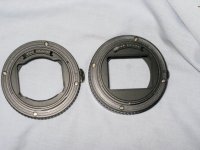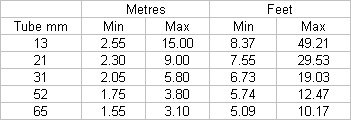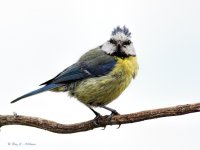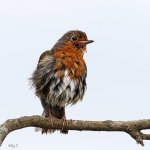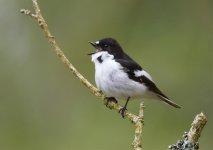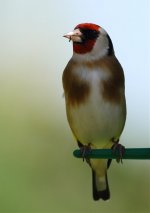kneonlight
Well-known member
After months of practicing using the 7D and 400mm f5.6 combination I am at the point where I am geting more and more images I am happy with (and more importantly when I am not I know why!).
Anyway there are a couple of issues that I would like advice on.
Firstly at times I would really like more reach. When I crop, unless the shot has been taken in very good light, the image appears quite noisy. To avoid cropping I am thinking of getting a 1.4x converter. Does this seem a good solution? I understand that I will need to use live view to use AF. Is this correct?
Secondly at the other end of the scale at times I am finding birds coming too close to photograph. This is especially a problem for little birds where they either fill too little of the frame so I need to crop (see above!) or they fill the frame but I can't focus because I am too close? Is there any way of reducing the Minimum focusing distance of 3.5m? (or is it a case of using a different lens for small but close birds?)
Thanks in advance
Anyway there are a couple of issues that I would like advice on.
Firstly at times I would really like more reach. When I crop, unless the shot has been taken in very good light, the image appears quite noisy. To avoid cropping I am thinking of getting a 1.4x converter. Does this seem a good solution? I understand that I will need to use live view to use AF. Is this correct?
Secondly at the other end of the scale at times I am finding birds coming too close to photograph. This is especially a problem for little birds where they either fill too little of the frame so I need to crop (see above!) or they fill the frame but I can't focus because I am too close? Is there any way of reducing the Minimum focusing distance of 3.5m? (or is it a case of using a different lens for small but close birds?)
Thanks in advance




